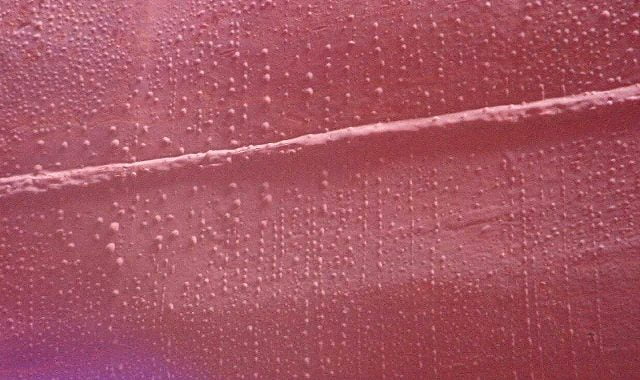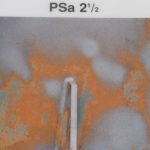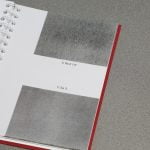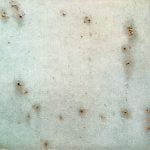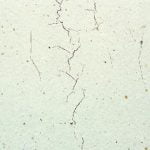Paint blistering explained
The formation of blisters in high performance industrial coatings can be a common problem and can occur for a number of reasons.
The reasons for blistering can sometimes be straightforward and in other cases more complex, but in broad terms, failure is normally categorised as being either osmotic or non-osmotic.
As a semipermeable membrane, a paint coating allows the passage of moisture but not dissolved solids. Osmosis describes the attraction of water or moisture into the coating, and subsequently to the substrate or interface between coating layers, from the presence of a water soluble or water-miscible material within the coating . or at the coating/substrate interface.
The transfer of moisture occurs when the outer surface of the coating is in contact with an aqueous environment containing a lower concentration of water soluble material than within the paint film or on the substrate.
The water soluble or miscible substances can be soluble salts, soluble pigments, soluble corrosion products, retained solvents or low molecular weight water-miscible cargoes that are absorbed by the coating.
Non-osmotic blistering includes cold wall blistering related to thermal gradients, cathodic disbondment linked to cathodic protection and electroendosmosis related to a small area of coating breakdown which has exposed the substrate
To determine the reason for blistering, a detailed examination will be needed including the sampling of the blister cap and of any liquid (or gas) contained in the blister.
Clearly the sampling of an intact blister cap is more useful than broken areas, as detached blister flakes can be contaminated by the surrounding environment. Where a blister contains liquid, a number may need to be sampled to collect a suitable volume for analysis. In such cases, a syringe with a hypodermic needle is usually the best method of collection.
The evaluation of blistering is detailed in the standards ISO 4628-2 and ASTM D714, with the degree of blistering being assessed by both quantity (density) and size as illustrated by good photographic records.
For more details see Fitz’s Atlas 2 of Coating Defects at https://fitzsatlas.com/

